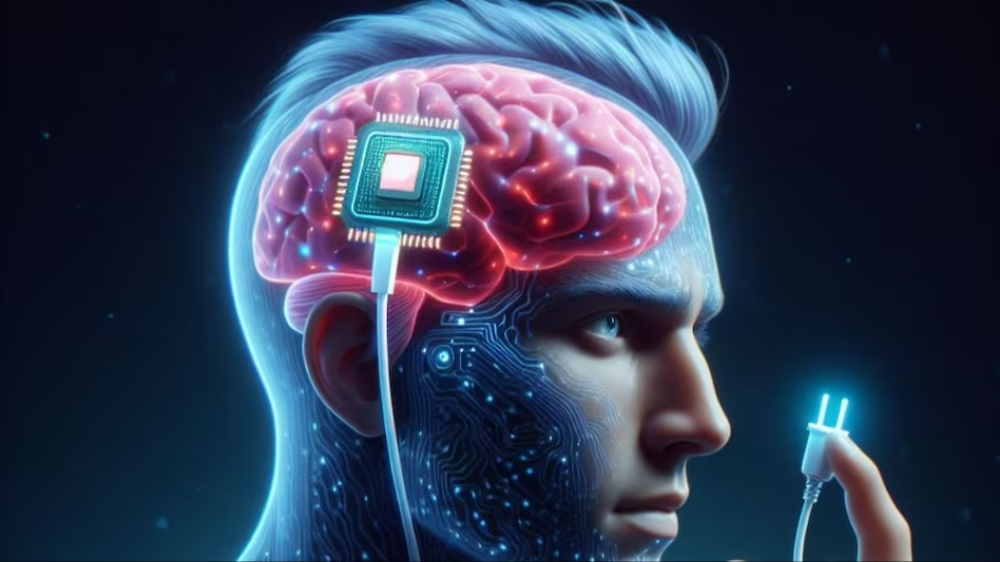29-year-old American Noland Arbo, the first person with a Neuralink brain implant, shared his experience of living with this device. Arbo wears the implant for ten hours every day and does not feel tired.
Arbo said that when he couldn't sleep one day, he turned on the device at two in the morning and used it for 17 hours, using the wireless station to play and charge it twice. On a typical day, he uses the implant for about ten hours, four of which are dedicated to collaborating with Neuralink developers and the rest to research.
We work for four hours Monday through Friday—these are structured sessions with Neuralink, during which we do research,” Arbaugh explained.
Seven years ago, Arbaugh injured his spinal cord and became paralyzed. In January 2024, he became the first volunteer to receive the Neuralink implant, which wirelessly transmits commands from the brain to a computer. To give a command, Noland imagines the action he wants to perform, and the device converts those signals into commands. Over time, Arbo learned to just think about moving the on-screen cursor to do his bidding.
Arbaugh noted that many of the electrodes in the Neuralink device on his head had dislodged and were no longer receiving signals. However, after reconfiguring the device, the effectiveness of the implant increased significantly, although only about 15% of the electrodes were functional. "Now I am capable of more than at the beginning of the experiment. This just blows the roof off," he stressed.
Arbo's passion extends to the future of technology. He suggests that if future experimenters can achieve full or nearly full activation of the electrodes, this could open up entirely new possibilities. Overall, Arbaugh remains optimistic and encouraged by the experiment's results, stressing that even with its current limitations, the technology shows impressive potential.
The first person wearing the Neuralink chip has shared his impressions
Recent Posts
News • 02 June 2025 14:57
17-year-old Kazakh founder accepted into Y Cominator
News • 01 June 2025 14:01
Azerbaijani founder's startup - OneDome acquires British startup Trussle
News • 30 May 2025 15:21
Builder.ai collapses after faking its AI technology
News • 30 May 2025 14:50
AI startup Odyssey, specializing in 3D game generation, has raised \$27 million in funding
News • 30 May 2025 14:37
US court refuses to suspend Trump-era trade tariffs
Similar Posts







